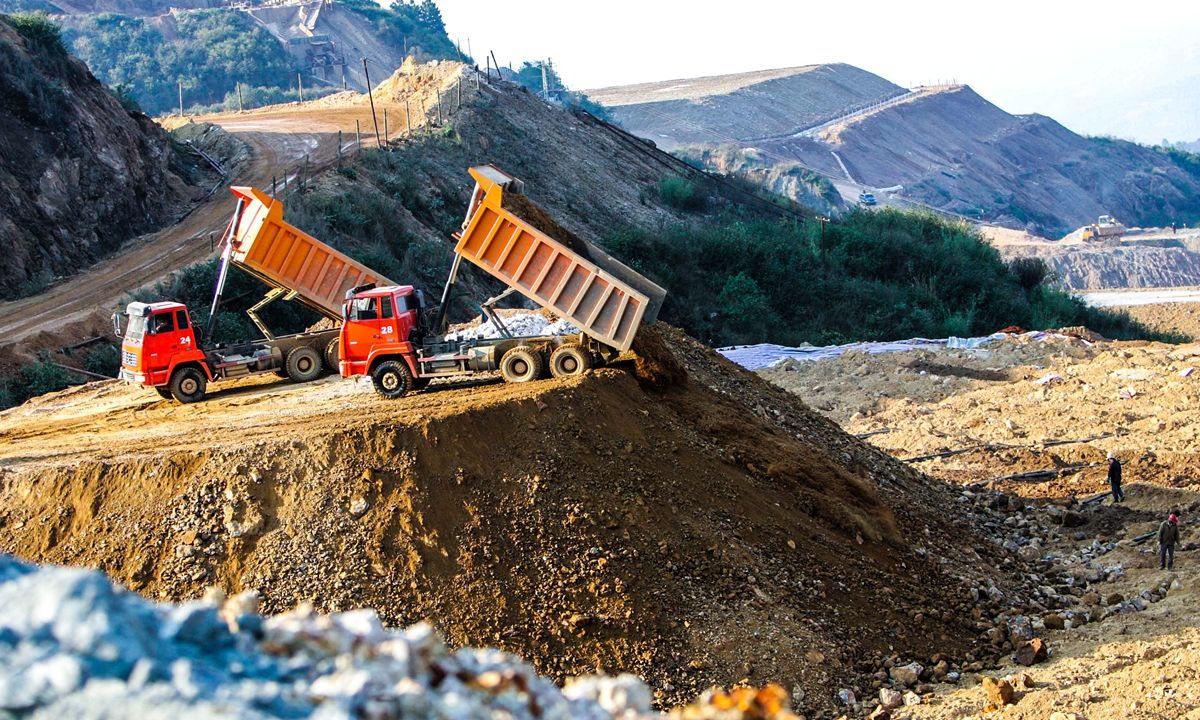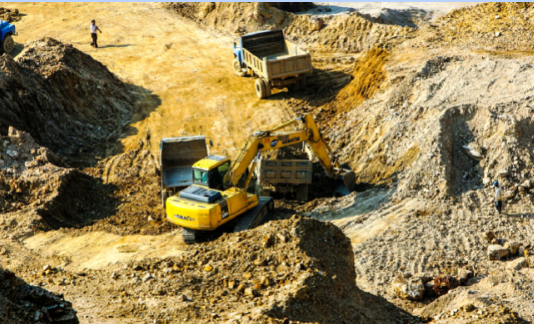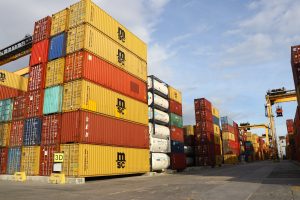China Looks to Enhance Protection of Rare-Earth Metals
China’s leaders have worked to turn the nation into a major player in strategically significant sectors as the country’s economy has progressed over the last few decades. To that end, Beijing has identified China as the dominant global supplier of Rare-Earth Metals, a group of 17 minerals required for the production of smartphones, electric cars, military weapon systems, and a plethora of other modern technologies. Beijing has shown a desire to use its clout in the global rare earth market to further its political goals, triggering concerns in a number of major countries. However, China’s industry influence is likely to dwindle in the coming years as changing market conditions allow new players to succeed.
The Global Marketplace for Rare Earths:
In comparison to other resources, the global trade in rare earths is tiny. The amount of global rare earth imports in 2019 was just $1.15 billion, a portion of the more than $1 trillion in international crude oil imports. The overall value of products made with rare earths, on the other hand, is enormous. Each Apple iPhone, for example, is built with a variety of rare earth elements. Neodymium is used to create tiny yet strong magnets that drive iPhone speakers. In trace quantities, europium is used to produce red colors on displays, and cerium is used to polish phones throughout the production phase. Apple shipped $142.4 billion in iPhones during the 2019 fiscal year.
Contrary to popular belief, certain rare earth elements are reasonably abundant. The method of extracting rare earths and converting them into useful products, on the other hand, is costly and harmful to the atmosphere. For years, Beijing has used its low-cost labor force and lax environmental regulations to achieve a strategic advantage in the global sector to become the top producer of rare earths. From 2008 to 2018, China shipped almost 408,000 metric tonnes of rare earths, accounting for 42.3 percent of total rare earth exports. The United States was the world’s second-largest exporter, accounting for about 9.3 percent of overall global production. Malaysia (9.1%), Austria (9.0%), and Japan (7.1%) rounded out the top five.
Breaking Down China’s Rare Earth Exports:
China shipped 45,552 metric tonnes of rare earths valued at $398.8 million in 2019, as per China’s General Administration of Customs. The overwhelming majority of these shipments were destined for the world’s economic and technical powerhouses. Japan received approximately 36% (by volume), rendering it the top destination for Chinese rare earths. The United States came in second, absorbing 33.4 percent of Chinese exports. These five countries imported 87.8 percent of China’s rare earth shipments, along with the Netherlands (9.6 percent), South Korea (5.4 percent), and Italy (3.5 percent).
Breakdown of Global Rare Earth Exports:
Lanthanum was China’s top rare earth export by a broad margin, accounting for 42.6 percent of overall exports by value. Lanthanum is used extensively in electric car batteries. For example, each Toyota Prius contains around 10-15 kilograms (kg) of the material. Terbium, which is far more costly, was China’s biggest export by volume in 2019, accounting for about 14.5 percent ($57.9 million) of overall exports. Terbium is most often used in solid-state electronic instruments, although it is often used in sonar systems and television displays.
China’s Push for Rare Earth Dominance:
China’s supremacy in the rare earth market is the culmination of decades of targeted industrial strategies to catch up to other countries. In recent years, Beijing has also sought to overhaul China’s rare earth industry to improve production, preserve the atmosphere, and combat illegal mining. In the mid-1980s, the Chinese government took significant measures to promote its fledgling rare earth sector by issuing export tax breaks. The rebates reduced the costs for Chinese mining firms, allowing them to have a foothold in the global sector. Between 1985 and 1995, China’s rare earth mining output increased from 8,500 metric tonnes to approximately 48,000 metric tonnes, and its share of global mining output increased from 21.4 percent to 60.1 percent.
As China’s mining potential grew, rare earth producers in other countries started to move output to China in order to take advantage of the country’s low labor costs and lax environmental regulations. However, the Chinese government proclaimed rare earths to be secure and strategic minerals in 1990, prohibiting foreign companies from mining rare earths within China and limiting foreign investment in rare earth production projects to joint ventures with Chinese firms. Via these alliances, Chinese firms were able to acquire international know-how, thus gradually excluding foreign rivalry from the supply chain.
These policies were effective in improving China’s rare earth industry, but export quotas proved to be Beijing’s most important strategy. In the late 1990s, Beijing started introducing tiered quotas to prohibit the export of cheaper upstream goods such as raw ores and promote the export of oxides, metals, and alloys – the forms of rare earth minerals ready for use in downstream items. Beijing gradually tightened its export quotas before slashing them by 37% in 2010, enabling only 30,259 metric tonnes to be exported. The retail price of global rare earth imports skyrocketed from $9,461 per metric tonne in 2009 to approximately $66,957 in 2011. Many suppliers in the United States, Japan, and Europe were unable to manage rare earth supplies, while China had an abundance on hand.
Cheap domestic supplies of rare earths allowed Chinese factories to increase the development of key products such as permanent magnets, which are essential to wind turbines, electric vehicles, and other modern technologies. China was able to win almost all of the global economy thanks to Beijing’s policies. In 2019, China generated nearly 85% of the world’s rare earth oxides, as well as nearly 90% of rare earth metals, alloys, and permanent magnets.
Though Beijing’s policies have been good, they have placed China in the crosshairs of major rare earth importers. The United States, the European Union, and Japan lodged a number of trade disputes against China in the World Trade Organization (WTO) in 2012, alleging that Chinese government policies favored its business at the detriment of other nations. The World Trade Organization ruled against China in 2014, and by 2015, China had eventually terminated its export quota scheme.







